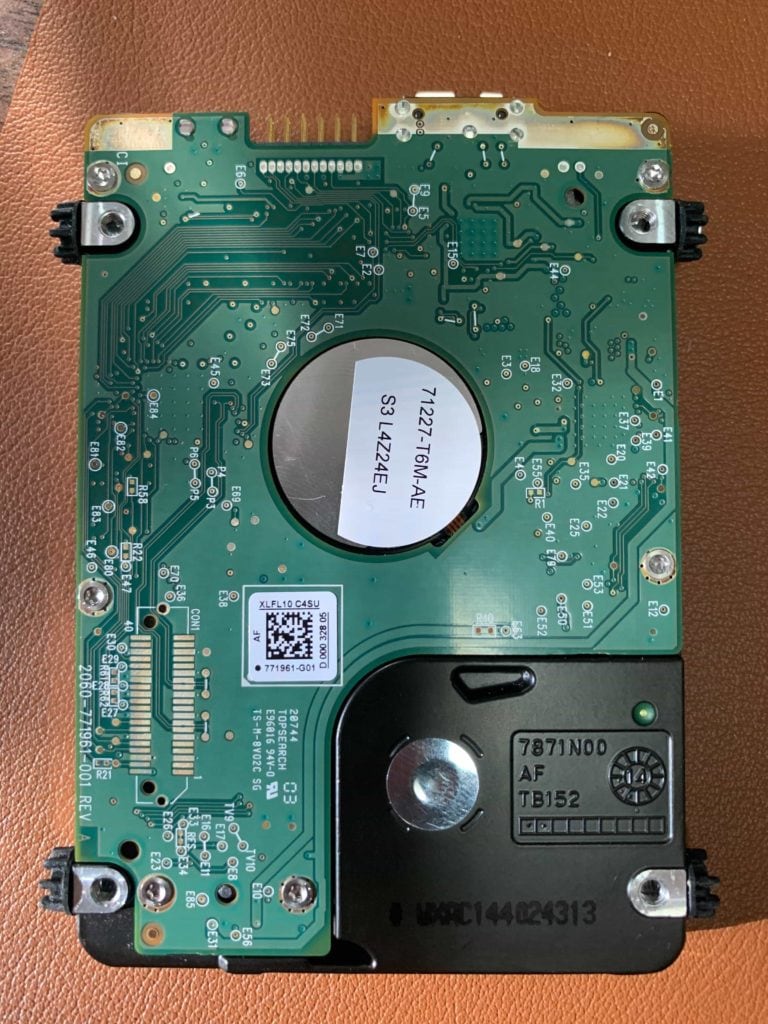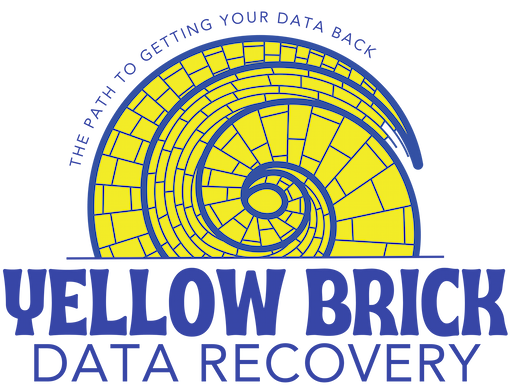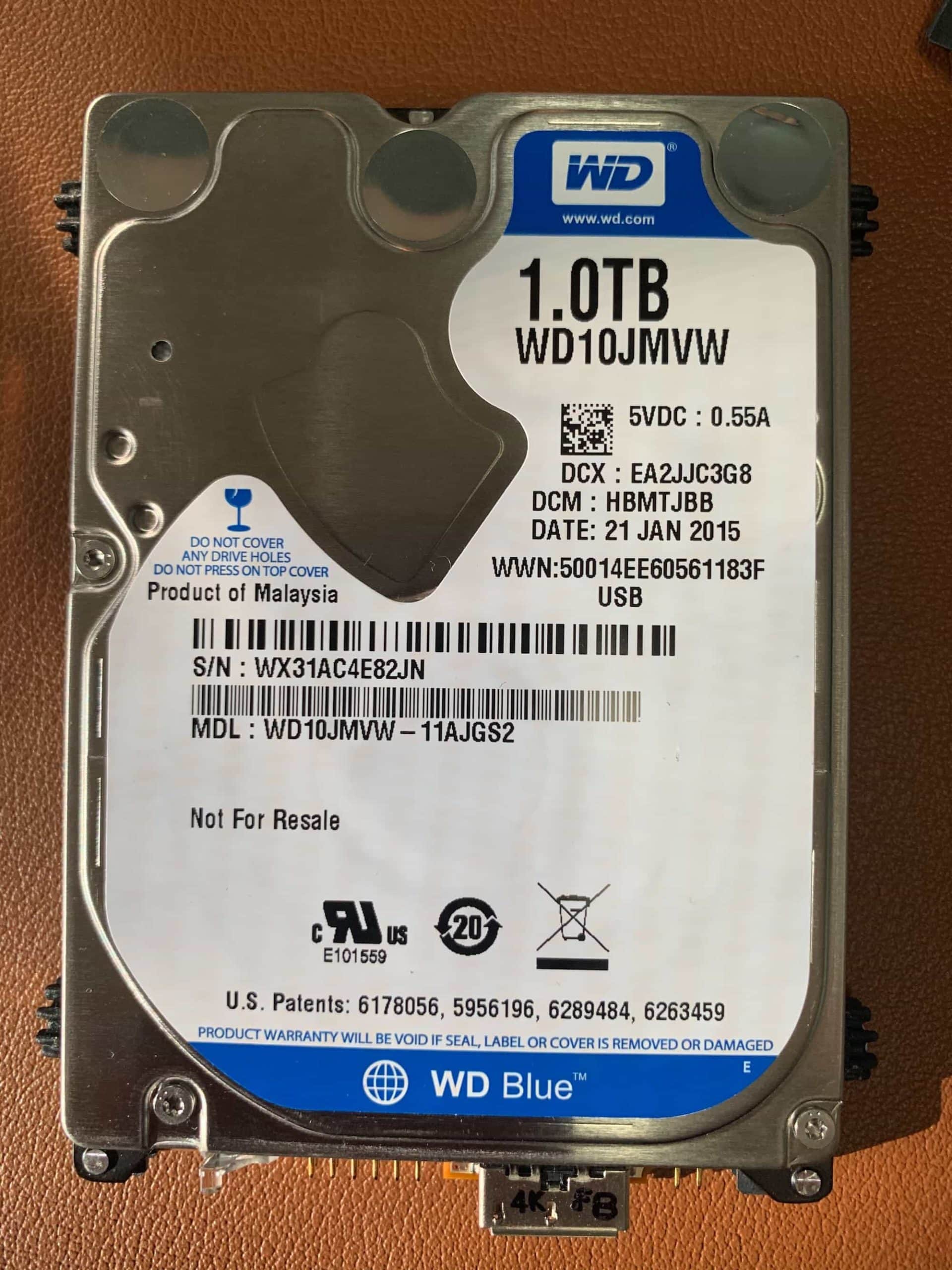A computer repair shop in Wichita had a client come in with a Western Digital My Passport drive that was not showing up on their computer anymore that ended up having stuck heads. When it was plugged into a computer, it would not mount and the computer would not even recognize the drive at all. They said if you listened carefully to the drive you could hear that it was not spinning up as it should, it was actually completely silent.
The computer repair shop attempted to mount the drive on their shop computers to recover data, but the drive continued to light up but not show up on any machine. The data recovery software the repair shop tried also would not recognize the drive so they were not able to perform any recovery to get back the lost data. The repair shop has sent quite a few of their clients to me over the years, as they know I can offer an affordable data recovery solution, so they recommended the client bring their drive in for my recovery service to get back the lost files.
Western Digital WD My Passport Recovery
Once I received the WD My Passport external hard drive I opened the enclosure and found a WD10JMVW 1TB 2.5-inch drive inside with a USB connector built-in. Opening the cover of the drive in a clean room environment allowed me to see that the drive heads were stuck to the platter surface. Because the heads were stuck the drive would not spin up and work.
No beeps with this stuck heads drive
Usually, when a drive has stuck heads it is reported that the client hears a beep or buzzing sound when they apply power to the hard drive. In this case, the drive was reported as being completely silent which is also possible! A lot of shops might try a PCB swap first or similar on a drive that is completely silent, but in this case, the heads being stuck was the cause of the drive not showing up.
Moving the stuck heads to the ramp
The first step in these cases is to carefully move the heads back to the proper area. To accomplish this you use a tool that separates the heads from the platter a little and allows you to move the assembly without scratching the surface of the drive. Once the heads are moved the next step is to inspect the heads with a microscope to check for any damage. If there is any damage at all to the actual heads, you would want to complete a head swap first before further testing.

Imaging the drive
In this case, the drive had no visible damage on the heads, and the platters looked good! Applying power to the drive showed that the platters spun properly now, but the data recovery rig was still not able to access the data on the platters. Completing some general troubleshooting processes with the PC-3000 did the trick and the drive started reading properly. I was able to image the drive without issue and got 100% of the sectors imaged.
Once the image was complete, I scanned the recovered sectors for data and moved it all to the drive the customer provided. All in all, I was able to get 100% of the data from this My Passport, and the customer was very pleased to get their data back.
Recover a drive that is not showing up
If you would like me to help with your data recovery project, please fill out this quick quote form and I will get back to you with the next steps. I always look forward to helping my neighbors in Wichita with their data recovery needs!
Thanks for reading!

